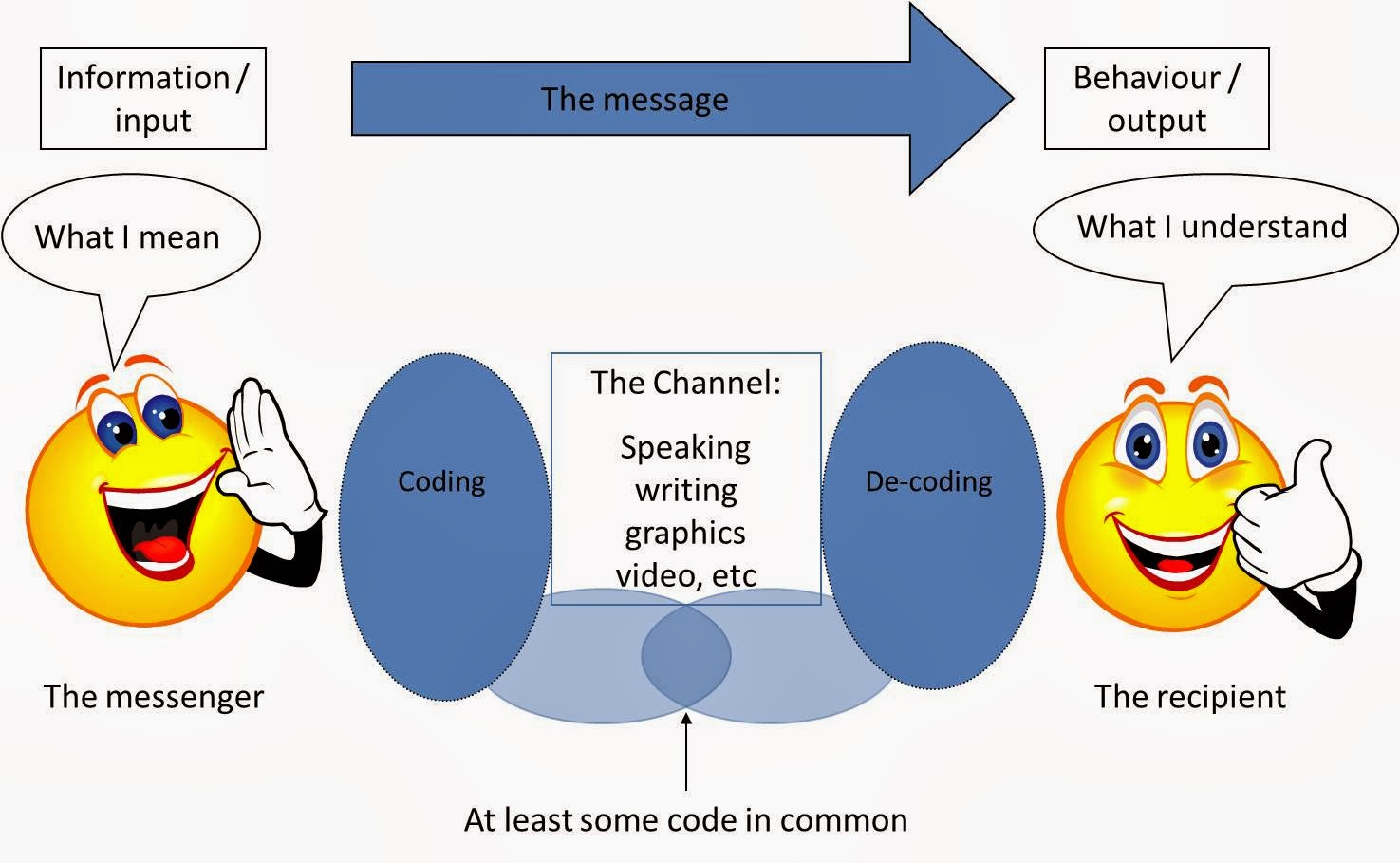Process of Training with Example
1. Introduction
- Purpose of Training
and Development:
Training is a systematic process that builds specific skills (short-term focus) while development emphasizes long-term growth. In the context of teacher education, both are critical to transforming B.Ed. students into effective communicators in the classroom. - Example Focus:
This guide uses the example of training B.Ed. students to enhance their communication skills—including verbal, non-verbal, active listening, and digital communication—to ensure they can effectively interact with students, colleagues, and parents.
2. Step-by-Step Training Process
Step 1: Needs Assessment
- Identify the Gap:
- Evaluate
current communication abilities of B.Ed. students through surveys,
classroom observations, or reflective journals.
- Example: A
pre-training session where students record a mini-teaching segment and
receive peer and mentor feedback can reveal weaknesses like unclear
speech or poor non-verbal cues.
- Gather Data:
- Use
self-assessments, peer reviews, and mentor evaluations to pinpoint
specific areas for improvement (e.g., active listening, body language,
clarity in speaking).
- Example: A
questionnaire asking, "Do you feel confident delivering a
lesson?" can indicate the need for enhanced communication
strategies.
- Analyze Results:
- Compile
the data to identify common trends.
- Example: If
multiple students struggle with maintaining eye contact and using clear
verbal cues, these become priorities in the training.
Step 2: Setting Training Objectives
- Define Clear Goals:
- Objectives
should be Specific, Measurable, Achievable, Relevant, and Time-bound
(SMART).
- Example
Objective: "By the end of the training, each B.Ed.
student will be able to deliver a 10-minute lesson using clear
articulation, proper body language, and effective active listening
skills, achieving at least 80% on a communication skills rubric."
- Align with Teaching
Standards:
- Ensure
objectives meet both institutional standards and the needs of modern
classrooms.
- Example:
Objectives may focus on both verbal clarity and active listening, key
components in successful classroom management.
Step 3: Designing the Training Program
- Develop Content:
- Create
modules covering various aspects of communication:
- Verbal
Skills: Articulation, tone modulation, vocabulary usage.
- Non-Verbal
Skills: Eye contact, gestures, facial expressions.
- Active
Listening: Paraphrasing, questioning, and reflective
feedback.
- Digital
Communication: Crafting clear emails and online presentations.
- Example:
Develop a module titled “Active Listening in the Classroom” with
role-playing scenarios and group discussions.
- Select Methods:
- Combine
different instructional methods to suit various learning styles:
- Lectures/Demonstrations: For
theoretical foundations.
- Role
Plays/Simulations: To practice classroom scenarios.
- Micro-Teaching
Sessions: Where each student conducts a mini-lesson and
receives immediate feedback.
- Group
Discussions: To encourage peer feedback and collaborative
learning.
- Example: Use
micro-teaching where B.Ed. students present a short lesson, then engage
in a group debrief focusing on communication aspects.
- Design Training
Materials:
- Prepare
handouts, videos, rubrics, and checklists.
- Example: A
checklist for effective communication might include items like “maintains
eye contact,” “speaks clearly,” and “uses gestures appropriately.”
- Plan the Timeline:
- Structure
the program into phases (e.g., introductory session, practice sessions,
and final evaluation) over several weeks.
- Example: Week
1: Introduction and baseline assessment; Weeks 2-4: Interactive workshops
and micro-teaching sessions; Week 5: Final presentations and evaluations.
Step 4: Implementation
- Conduct the Training
Sessions:
- Use
interactive sessions to engage B.Ed. students.
- Example:
Begin with an icebreaker activity focused on communication (e.g., “Two
Truths and a Lie” about teaching experiences).
- Facilitate Active
Participation:
- Encourage
students to work in pairs or small groups to practice skills.
- Example: In a
role-play exercise, one student acts as the teacher delivering a lesson
while the other acts as a disruptive student. Afterwards, they switch
roles and provide feedback to each other.
- Use Real-Time
Feedback:
- Trainers
and peers should provide constructive feedback immediately after
exercises.
- Example:
After a micro-teaching session, the mentor uses a pre-designed rubric to
highlight strengths and areas for improvement in communication.
- Monitor Progress:
- Keep
detailed notes on each student’s progress throughout the sessions.
- Example: Use
video recordings of practice sessions so students can self-review and
reflect on their communication styles.
Step 5: Evaluation
- Assess Learning
Outcomes:
- Use
both formative and summative evaluations to gauge improvement.
- Example:
Pre-training and post-training assessments, such as recording a teaching
segment before and after the training program to measure progress in
clarity, body language, and active listening.
- Collect Feedback:
- Gather
feedback from students, peers, and mentors via surveys or focus group
discussions.
- Example: A
survey asking, "How much do you feel your communication skills have
improved?" along with qualitative comments.
- Analyze and Reflect:
- Compare
assessment data and feedback to determine whether training objectives
have been met.
- Example: If
the majority of students reach or exceed the 80% threshold on the
communication rubric, the training can be considered successful.
Step 6: Follow-Up and Reinforcement
- Reinforce Skills
Through Ongoing Practice:
- Plan
regular follow-up sessions or refresher workshops.
- Example: Monthly
peer mentoring sessions where B.Ed. students review and practice
communication skills together.
- Provide Continuous
Support:
- Create
online forums or communities of practice where students can share
experiences and resources.
- Example: Set
up a dedicated discussion board for sharing tips on handling difficult
classroom interactions.
- Encourage
Self-Reflection:
- Ask
students to keep reflective journals on their communication experiences
and progress.
- Example: A
weekly journal entry where students describe one instance where they
effectively used a communication skill in a classroom simulation.
3. Conclusion
- Integration of
Methods:
- An
effective training process for enhancing communication skills integrates
various teaching methods—such as lectures, role plays, micro-teaching,
and group discussions—to cater to diverse learning styles.
- Continuous
Improvement:
- Ongoing
assessment and follow-up ensure that B.Ed. students continuously refine
their communication skills, ultimately becoming more effective teachers.
- Real-World
Application:
- Through
practical exercises and real-time feedback, B.Ed. students gain
confidence and competence in communication, directly impacting their
future classrooms and professional relationships.



Comments
Post a Comment